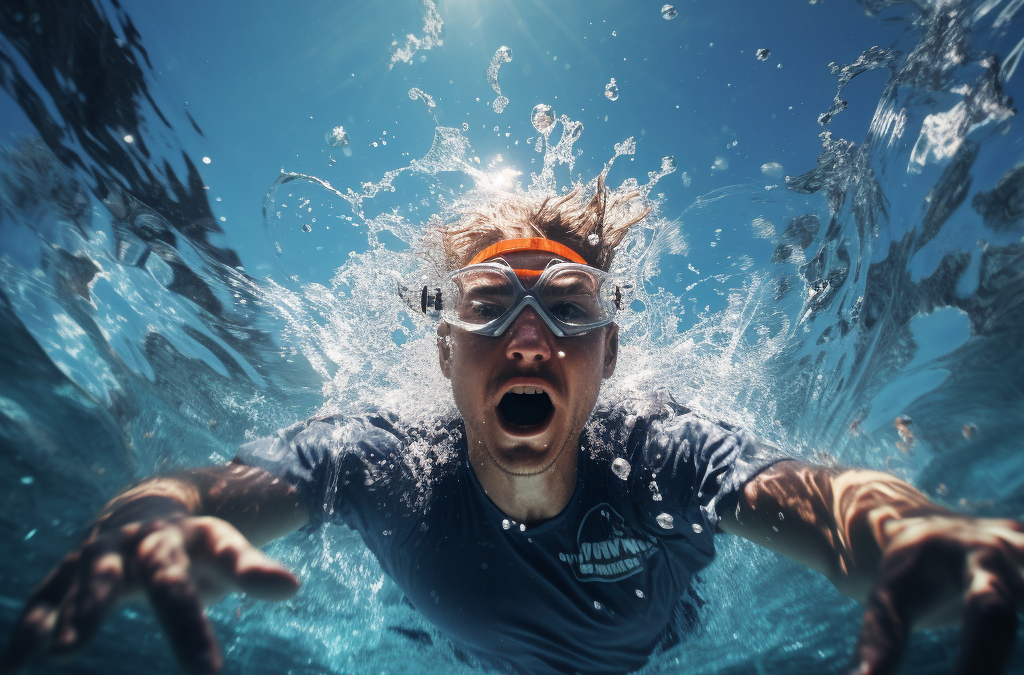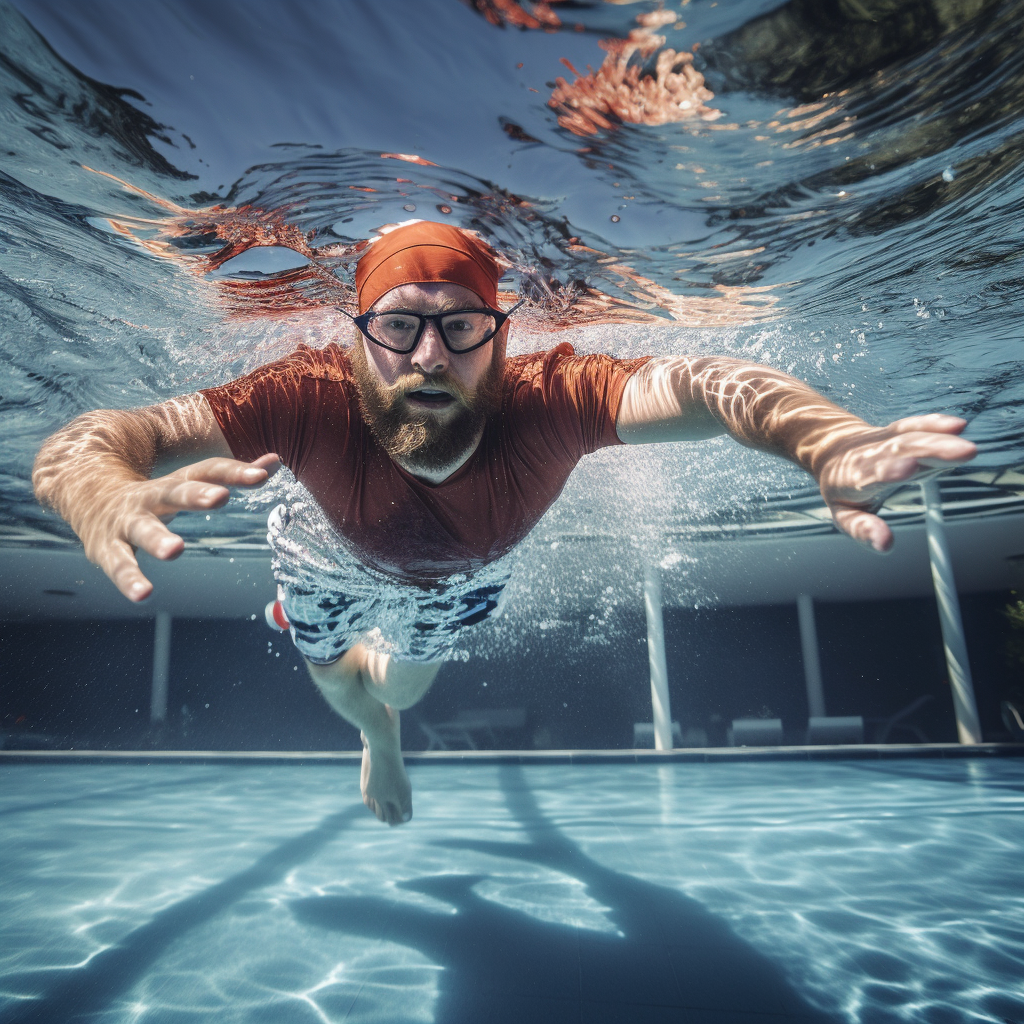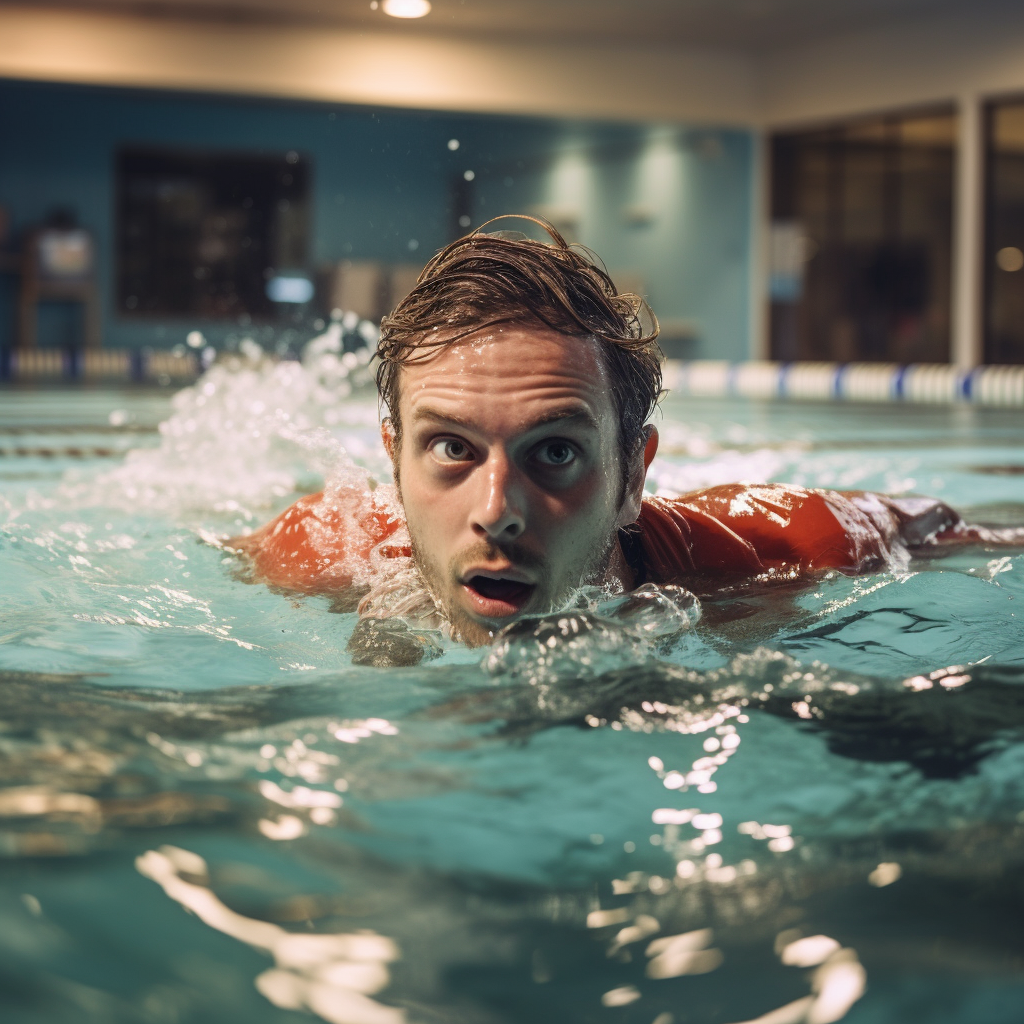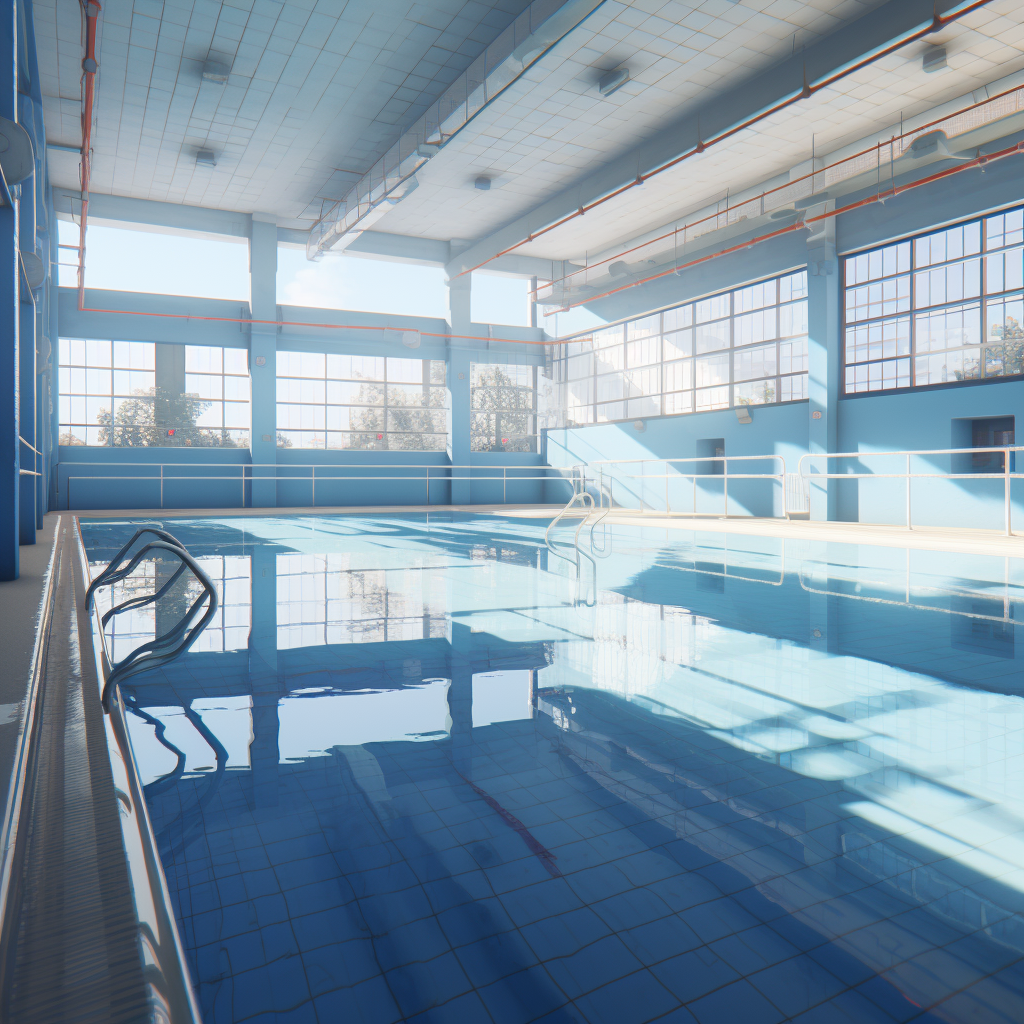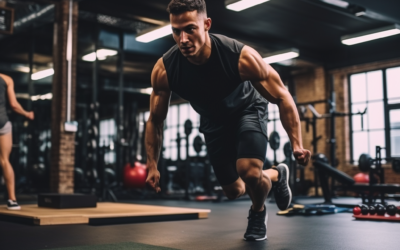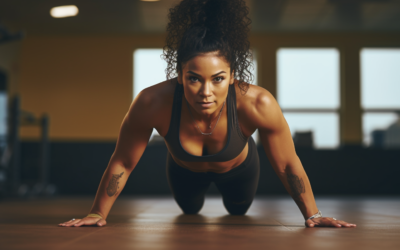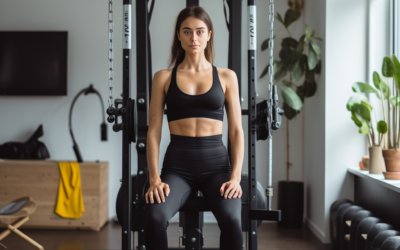Summer is here, and with it comes scorching temperatures that can make traditional workouts feel like a daunting task. But fear not! There’s a refreshing and invigorating way to stay active while beating the heat – swimming! Whether you’re a fitness enthusiast seeking a cool and effective workout, looking to improve your cardiovascular health, or simply wanting to have some fun in the water, swimming offers a fantastic opportunity to stay fit and active during the hottest months of the year.
Mastering The Basics
Swimming is a highly rewarding activity that offers a host of benefits for individuals of all ages and fitness levels. As a beginner, it’s normal to feel a mix of excitement and apprehension before taking those initial strokes. Rest assured, swimming is a skill that can be learned and improved upon with consistent practice and the right approach.
To begin your swimming journey, it’s important to focus on mastering the basics. Starting with the fundamentals of swimming technique will provide you with a solid foundation for future progress. Begin by familiarizing yourself with the various strokes, with the freestyle stroke (also known as the front crawl) being the most commonly used and efficient stroke for swimming longer distances.
As a beginner, it’s essential to develop proper body alignment, breathing technique, and efficient stroke mechanics. Body alignment involves maintaining a horizontal position in the water, with your body streamlined and your head in line with your spine. This reduces drag and allows for smoother movement through the water. Breathing technique is another crucial aspect to master. Practice inhaling and exhaling smoothly and rhythmically while turning your head to the side during the freestyle stroke.
Building Endurance
Once you have developed a solid foundation in swimming technique, it’s time to focus on building your endurance in the water. Endurance is a key component of swimming fitness, allowing you to swim longer distances with greater ease and efficiency. By gradually increasing your stamina, you’ll be able to take on more challenging workouts and reach your swimming goals.
To build endurance, start by incorporating interval training into your swim workouts. Interval training involves alternating periods of higher intensity swimming with periods of active recovery. For example, you can swim at a moderate to fast pace for a set distance or time and then follow it with a slower-paced swim or even a brief rest period. This pattern of pushing yourself followed by recovery helps to improve your cardiovascular fitness and build endurance over time.
Beginners can start with shorter intervals, such as swimming for 25 meters (or one lap) at a moderate pace, followed by a brief rest period of 15-30 seconds. Gradually increase the distance and intensity of your intervals as your fitness level improves. Aim to increase the number of repetitions as well, gradually working towards swimming longer distances without stopping.
Incorporating Drills
Incorporating drills into your swim workouts is a vital step in improving your swimming technique and overall efficiency in the water. Drills isolate specific aspects of your stroke, allowing you to focus on proper body positioning, arm movements, kicks, and breathing. By integrating drills into your training routine, you’ll develop better stroke mechanics, enhance your coordination, and become a more proficient swimmer.
There are various drills you can incorporate to target different areas of your swim technique. Let’s explore a few essential drills that will help refine your stroke and take your swimming to the next level:
- Catch-Up Drill: The catch-up drill is a popular drill that helps improve arm coordination and encourages a longer stroke. Start by extending one arm fully in front of you while the other arm performs the swimming stroke. Once the recovering arm completes a full stroke cycle, touch your extended hand to initiate the next stroke. This drill promotes a smooth and controlled arm movement, ensuring that each arm has a complete recovery before beginning the next stroke.
- Kickboard Drills: Kickboard drills primarily focus on improving your kicking technique and leg strength. Hold onto a kickboard with your arms extended while kicking your legs in the water. You can experiment with different kick styles, such as flutter kick, dolphin kick, or breaststroke kick. Kickboard drills help build lower body strength, enhance propulsion, and improve overall leg coordination.
- One-Arm Drill: The one-arm drill isolates each arm’s movement, allowing you to concentrate on proper arm positioning and rotation. Swim with one arm extended in front of you, while the other arm performs the swimming stroke. Alternate arms periodically to practice the technique on both sides. This drill helps develop a strong and efficient arm stroke while improving balance and body rotation.
Variation Is Key
When it comes to swim workouts, variety is the key to keeping your training exciting, challenging, and effective. Embracing a diverse range of exercises, strokes, and training methods not only prevents boredom but also targets different muscle groups, improves overall fitness, and helps you break through plateaus. By incorporating variety into your swim routine, you’ll stay motivated, engaged, and continually progress as a swimmer.
- Stroke Variation: One way to add variety to your swim workouts is by incorporating different swimming strokes. While the freestyle stroke (front crawl) is the most common, don’t neglect the other strokes such as backstroke, breaststroke, and butterfly. Each stroke works different muscle groups, challenges your coordination, and helps you develop a well-rounded swimming technique. By practicing different strokes, you engage a wider range of muscles and enhance your overall swimming ability.
- Distance and Intensity: Varying the distance and intensity of your swims is another effective way to introduce variety into your workouts. Some days, challenge yourself with longer-distance swims to build endurance and mental resilience. Other days, focus on shorter, high-intensity sprints to improve your speed and power. Mixing up the length and intensity of your swims keeps your body and mind engaged while targeting different energy systems and enhancing your overall fitness.
Final Thoughts: Swimming Summer
Beginner swimmer workouts offer the perfect opportunity to stay active while enjoying the refreshing waters. Set clear goals, build endurance, refine your technique through drills, and embrace the variety that swimming provides. Whether you’re seeking a challenging workout or a fun way to stay in shape, swimming is a versatile and enjoyable summer activity that will help you make waves and achieve your fitness goals. So, grab your swimsuit, dive in, and let the pool become your fitness sanctuary this summer!
To learn more, visit Train Fitness.
More Articles
Transformative Discipline: Exploring the Principles of 75 Hard
Recently, my friends and I were thinking of ways to start the new year positively, and 75 Hard will put us to the test in an effective way. Setting off on a path toward resilience and self-improvement frequently calls for more than just internal drive; it also calls...
The Best Full Body HIIT Workout You Can Do
Workouts involving full-body high-intensity interval training (HIIT) are a quick and easy approach to optimize your fitness progress. These workouts usually consist of a series of heart-pumping, intensive movements that target numerous muscle groups at once,...
Ab Workouts: Creating a Home Gym that Fits Your Lifestyle
Ab workouts are an important part of any fitness regimen because they target the core muscles that are crucial for stability, posture, and general strength. You can choose from a wide range of workouts to achieve a stronger core or a toned stomach. Engaging the...
Home Sweet Home Gym: Your Gateway to a Healthier Lifestyle
Picture this: no more rushing to the gym during peak hours, no waiting for your favorite machine, and no distractions from strangers. Instead, imagine a space where you can focus entirely on your fitness goals, set your workout schedule, and curate an environment that...
Mastering Back Exercises with Dumbbells
Dumbbell back workouts are a flexible and efficient way to improve your general strength, posture, and muscle growth. Dumbbells are a great addition to any exercise regimen, whether you're a back-health fanatic, an athlete, or just someone who enjoys working out....
The Fierce Flats
With our "Fierce Flat’s" blog, you'll be able to dive into the realm of lifting like never before. Forget about flashy kicks and high-tech soles; there's a new look in town. This blog will break down Converse and Vans' game-changing styles for all of your lifting...

